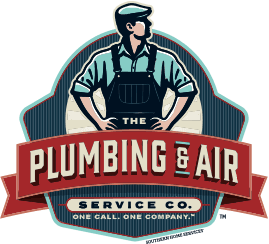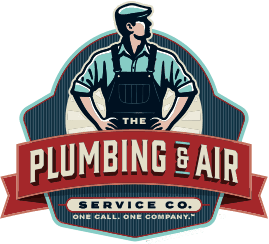Proper ventilation exchanges indoor and outdoor air to regulate temperature, remove moisture, and eliminate odors and pollutants.
A properly ventilated home will have fresh, clean air circulating throughout. Additionally, a well-ventilated home will have little to no moisture build-up, which can lead to mold and mildew growth.
The Importance of Proper Home Ventilation
There are several reasons why proper ventilation is essential. First, it helps to regulate the temperature in your home.
In the summer, proper ventilation can help to cool your home by exchanging hot indoor air for cooler outdoor air. In the winter, adequate ventilation can help warm your home by efficiently circulating heated indoor air.
Proper ventilation also helps to remove moisture from the air. Too much humidity in the air can lead to condensation on surfaces like windows and mirrors. Condensation can also lead to mold and mildew growth, harming your health.
Finally, proper ventilation eliminates odors and pollutants from the air. This is especially important if you have pets or smoke cigarettes inside your home.
Related Content: What is Air Balancing in HVAC and How Do You Do It?
5 Signs of Poor Ventilation in a House
Several signs indicate poor ventilation in the house. These include:
- Stuffy Air: If the air in your house feels stuffy or stagnant, it's probably due to poor ventilation.
- Moisture Build-Up: Another sign of bad ventilation is moisture build-up on surfaces like windows or mirrors. This happens when there is too much moisture in the air and insufficient airflow to circulate it out of the house.
- Odors: If you notice unusual odors coming from specific rooms or areas of your house, it could be due to poor ventilation since there's not enough airflow to carry the odors out of the house.
- Health problems: In some cases, bad ventilation can cause health problems like headaches, dizziness, respiratory problems, and even exacerbation of allergies or asthma symptoms. If you've noticed a sudden change in your health that you can't explain, bad ventilation may be to blame.
- Mold Growth: Mold growth is one of the most visible signs of lousy ventilation. Mold needs two things to grow: food and moisture. And if your home has poor ventilation, there’s likely an abundance of both. Look around your house for any signs of mold growth, including black, green, or white spots on walls, ceilings, or floors.
What Causes Poor Ventilation in a House?
Several factors can contribute to poor ventilation in the home. One of the most common causes is a lack of fresh air intake.
When you open a door or window, you're letting fresh air into your home and stale air out. If you don't have enough fresh air coming in, the stuffy air will get trapped inside, leading to poor ventilation.
Another common cause of poor ventilation is an overcrowded home. If you have too many people living in a small space, the air will need more room to circulate correctly. This can lead to stuffy air and an increase in odors and pollutants.
Another cause of poor ventilation is blocked vents or ductwork. If your vents or ducts are blocked by furniture or other objects, the airflow in your home will be restricted, leading to poor ventilation.
Finally, homes that are hermetically sealed (sealed tight with no openings) will also have poor ventilation since there's no way for fresh air to come in or stale air to escape.
The Effects of Poor Ventilation in The Home: Can Poor Ventilation Cause Mold?
Poor ventilation causes a variety of health problems, both short-term and long-term. You might experience symptoms like headaches, nausea, dizziness, and fatigue in the short term. These symptoms are caused by exposure to high levels of carbon dioxide and other pollutants.
How to Identify Poor Indoor Air Quality
The best way to determine if you have poor indoor air quality is to contact a professional air quality testing company. They will be able to test the air in your home for various pollutants and identify the source of the problem.
Once the source has been identified, they can recommend the best action to fix the problem.
How to Fix Poor Ventilation in Your House
There are a few things you can do to improve the ventilation in your house:
- Install exhaust fans in areas where moisture is present (like bathrooms and kitchens)
- Use natural ventilation by opening windows and doors when weather permits
- Reduce the number of pollutant sources in your house (by using natural cleaning products and removing carpets)
- Increase air circulation with fans or by rearranging furniture



